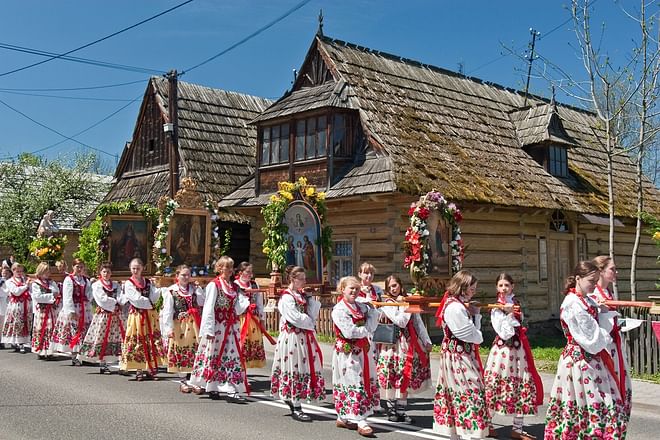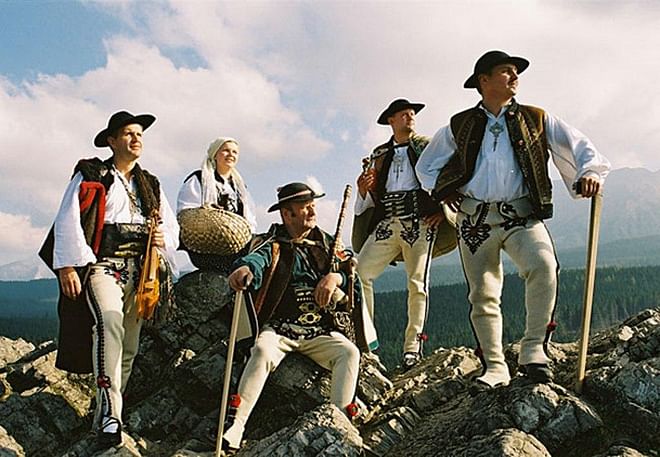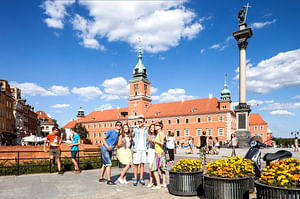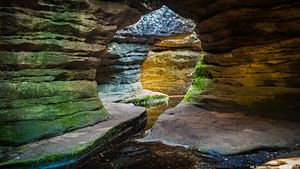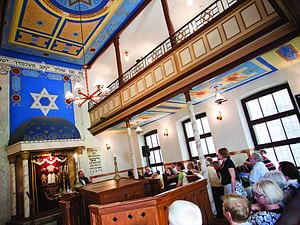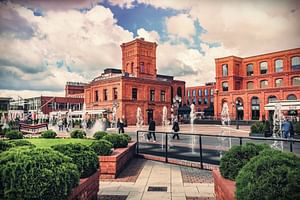Zakopane with Tatra Mountains - PRIVATE tour from Krakow (8h)
Kraków, Poland
| Number of Travellers | Price Per Person (USD) |
|---|---|
| 1 | 453 |
| 2 | 228 |
| 3 | 153 |
| 4 | 144 |
| 5 | 116 |
| View All Prices | |
Part of our revenue from this experience
will go to a charity in the region
will go to a charity in the region
Featured Experiences
